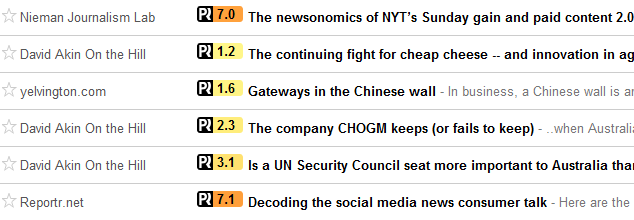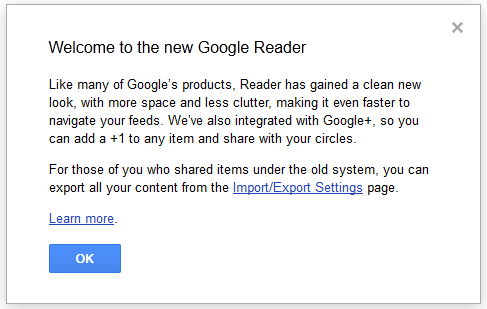It’s about more than valuation
 The big news this past week was the announcement that Salesforce.com would pay $323 million to acquire social media analytics company Radian6. The size of the valuation makes this an acquisition to watch. But what’s even more interesting is the potential it holds to trigger a great leap forward in the evolution of social media monitoring and analysis services.
The big news this past week was the announcement that Salesforce.com would pay $323 million to acquire social media analytics company Radian6. The size of the valuation makes this an acquisition to watch. But what’s even more interesting is the potential it holds to trigger a great leap forward in the evolution of social media monitoring and analysis services.
A fork in the road
As a longtime user of social media monitoring services (Thornley Fallis currently uses Radian6, Sysomos and PostRank), I watched as the companies appeared to take divergent paths.
Sysomos has pushed its analytic tools (including a great keyword mapping tool), appealing to the data miners in our company. At the same time, it used its blog to highlight the insights that could be surfaced through its database.
PostRank has followed a similar path, but with the addition of some nifty APIs that enable other organizations to link directly to its database and build its algorithms into their applications. Both Sysomos and PostRank have placed emphasis is on the data, the database and the analysis. And in doing this, they have gained a loyal user base among social media professionals and analysts.
Radian6 seemed to follow a different path. The first indication of this was the introduction of its Engagement Console about 18 months ago. At that time, Radian6 seemed to shift its focus away from the core analytics tools toward providing tools to enable large organizations to manage their social media interactions.
In this way, I think Radian6 targeted the enterprise. And that brings them into Salesforce’s sweet spot.
Corporations like Dell have pointed to the challenge of scaling social media that stops many enterprises from using it effectively. Radian6 – and most other social media monitoring solutions have focused on providing community managers with tools to identify and manage the most important conversations in social media.
Until now.
 Now, the Salesforce – Radian6 deal offers the promise of something truly different – an effective means of measuring the ROI of social media. Through the merger of Radian6 and Salesforce, I think they have the essential building blocks of an end to end service that will enable us to track our social media outreach and connect it to the sales funnel. If it is integrated this way, marketing and sales departments finally will be able to identify which social media activities lead to revenue – and to measure the return on their investment in social media activities. If Salesforce and Radian6 can pull this off, it may well yield a handsome return on the $1/3 billion investment Salesforce just paid for Radian6.
Now, the Salesforce – Radian6 deal offers the promise of something truly different – an effective means of measuring the ROI of social media. Through the merger of Radian6 and Salesforce, I think they have the essential building blocks of an end to end service that will enable us to track our social media outreach and connect it to the sales funnel. If it is integrated this way, marketing and sales departments finally will be able to identify which social media activities lead to revenue – and to measure the return on their investment in social media activities. If Salesforce and Radian6 can pull this off, it may well yield a handsome return on the $1/3 billion investment Salesforce just paid for Radian6.
I’m cheering for them to make this work. If they do, a new standard in social media monitoring and measurement will be established and we’ll all benefit from it.
This is bound to be discussed at Social2011
I’ll have a chance to explore this when I participate in a panel on Friday at Social2011, Radian6’s user conference. I’ll be on panel titled “Can you define the ROI of social media?” with some people who know measurement – Katie Paine, Marshall Sponder and Ken Burbary. I’ll be sure to ask them what they think the implications are of the Salesforce-Radian6 deal. And you can be sure I’ll tweet the discussion. (Follow the hashtag #social2011.)
Gini Dietrich and Martin Waxman have views about this too?
Gini Dietrich, Martin Waxman and I talk about the Salesforce-Radian6 dealon Inside PR episode 248.









